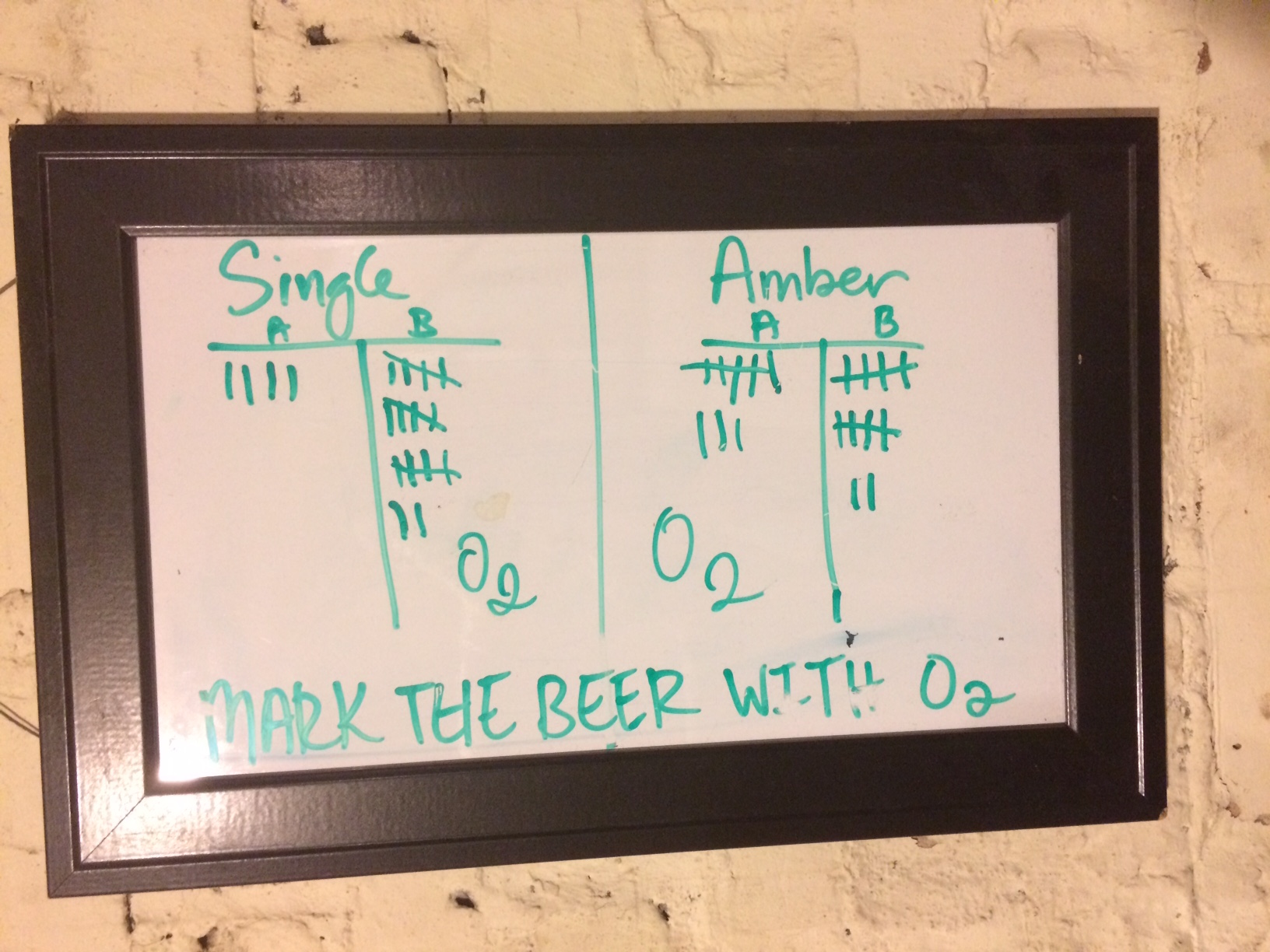To help learn how different yeast can change a beer, brewers all made the same Belgian Blond but each chose a different yeast to ferment with.
Blond (5G)
1.065 OG, 25 IBUs
8# Pils
1# Munich (10L)
1# White Wheat
1# Sucrose (@KO)
1.5oz Hallertau @60
1L stir plate starter of yeast (or equivalent)
mash @151F
Wy3787 –
Wy3739 –
WLP585 –
Wy3538 –
Wy3822
WLP570 –
WLP380 –
WLP550 –
Wy3944 –
Wy3724 –
